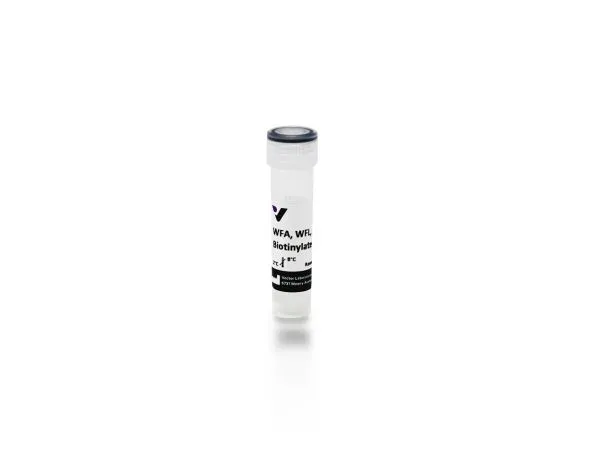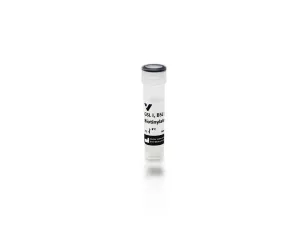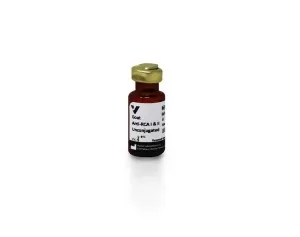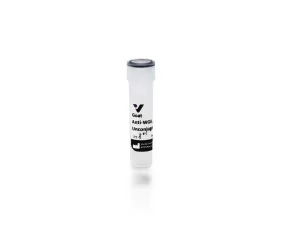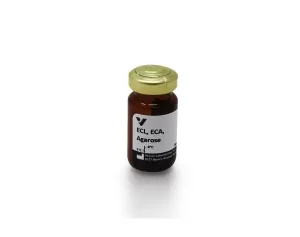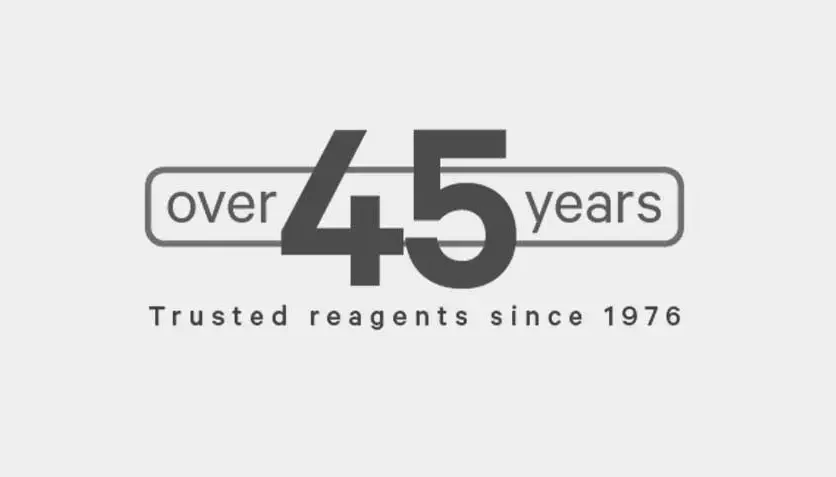Vector Labs is closed to observe Juneteenth (US Holiday) on Wednesday, June 19th.
We will be back in the office on Thursday. We will respond to emails upon our return. Have a wonderful day.
We will be back in the office on Thursday. We will respond to emails upon our return. Have a wonderful day.
Menu

